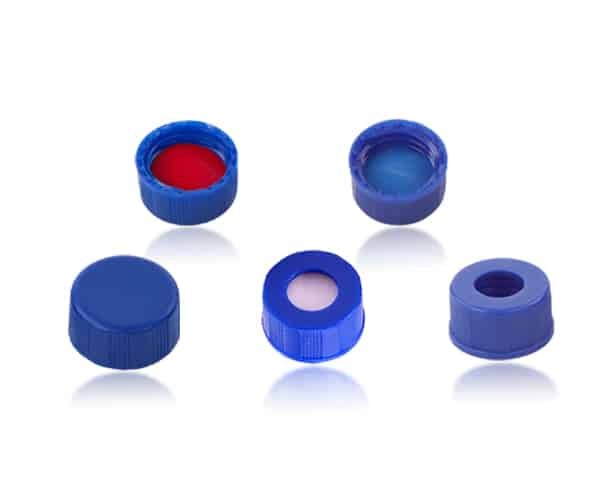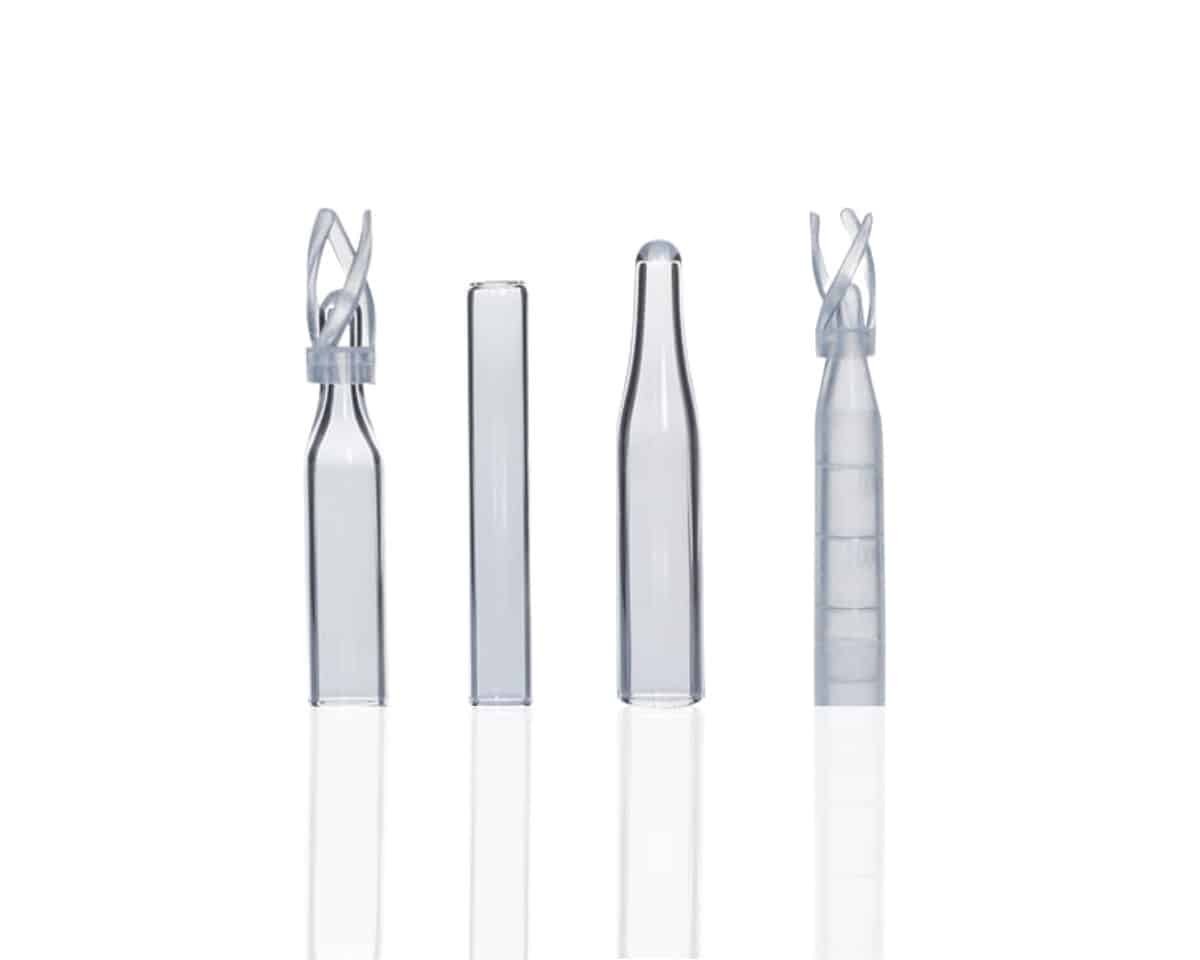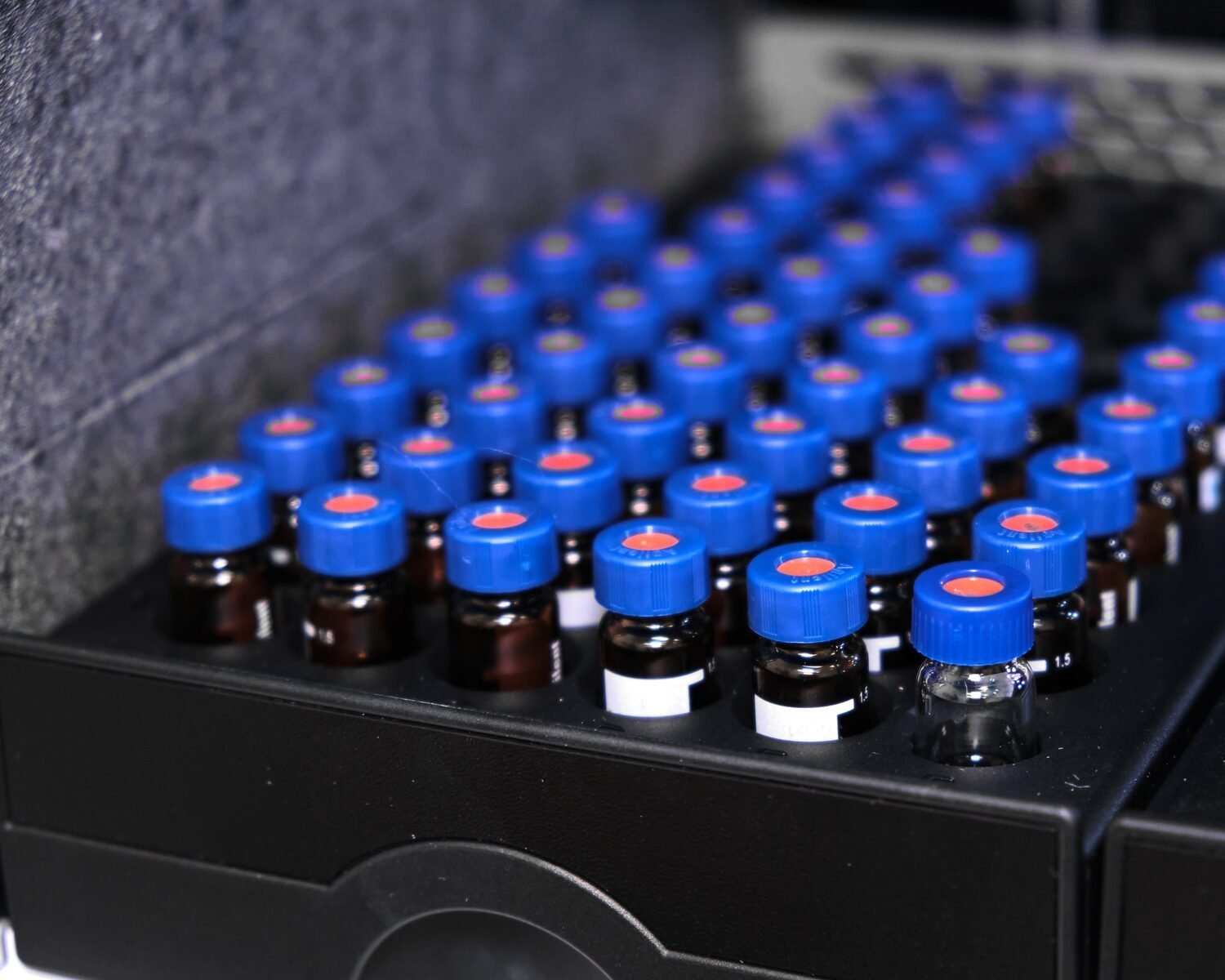Introduction
If you’ve ever dealt with HPLC vial leaks or sample contamination, you know how frustrating it can be to troubleshoot. One often overlooked factor that can make or break your results is proper vial crimping. Even the best analytical methods and instruments can’t compensate for a poorly crimped vial, which can lead to leakage, evaporation, or compromised data quality.
The crimping process might seem simple at first glance—just squeeze the cap onto the vial, right? But achieving a proper seal requires the right tools, techniques, and a bit of finesse. In this guide, we’ll explore why crimping matters, how to choose the right crimper for your vials, and step-by-step instructions for crimping different vial types. Plus, we’ll cover common crimping mistakes and maintenance tips to keep your crimping tools in top shape.
Why Proper Crimping Matters: Avoiding Leaks and Contamination
A tight, consistent crimp is crucial for ensuring airtight seals and maintaining sample integrity. Improper crimping can result in:
1. Leaks and Sample Evaporation
When the crimp is not tight enough, the vial cap may loosen, allowing volatile samples to evaporate. This not only results in sample loss but also alters analyte concentration, leading to inconsistent data.
2. Contamination
If the crimp is not secure, external contaminants can infiltrate the vial, potentially compromising the sample. This is particularly problematic in trace analysis, where even the smallest contamination can skew results.
3. Loss of Pressure and System Failures
In pressurized systems, a poorly crimped vial can cause pressure leaks, resulting in poor chromatography peaks and system errors. Pressure loss may also increase the risk of bubble formation, affecting retention time and peak shape.
4. Crimping Too Tightly
On the other hand, over-crimping can deform the cap and damage the vial neck, leading to micro-cracks that weaken the vial’s structural integrity. This not only increases the risk of breakage but may also lead to instrumental damage if fragments enter the autosampler.

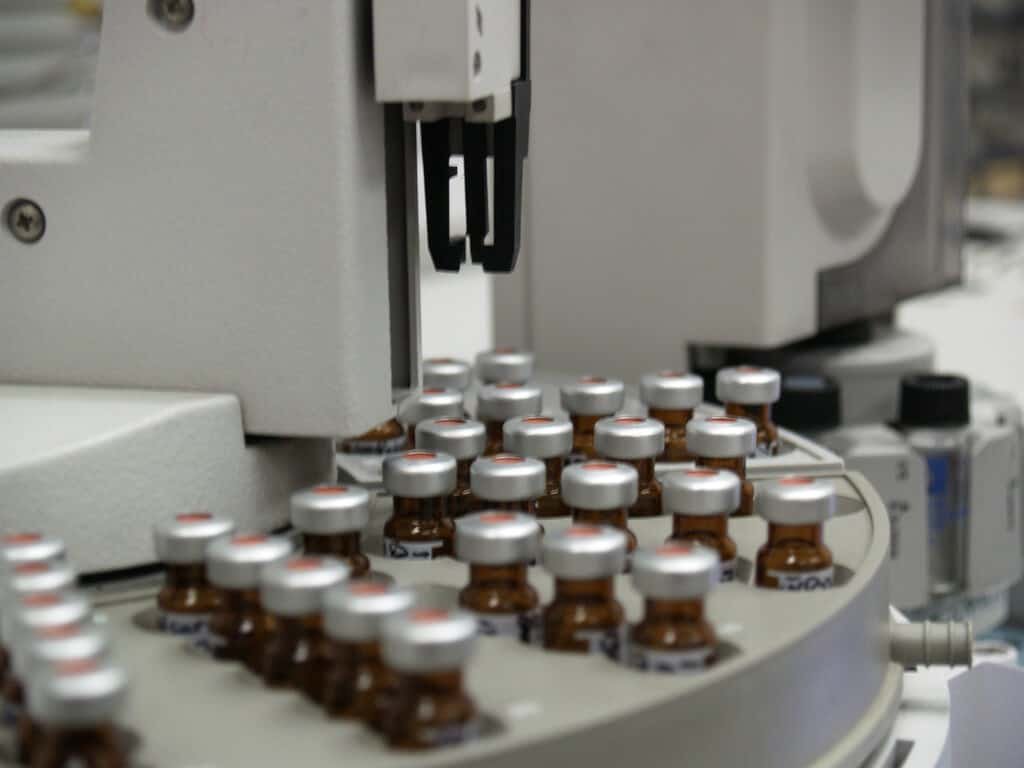
Have you ever faced issues with leaking or broken vials due to improper crimping? What did you do to resolve it?
Choosing the Right Crimper for Your Vials
Selecting the right crimping tool is just as important as the technique itself. There are three main types of crimpers to consider:
1. Manual Crimpers
These are handheld tools that rely on manual pressure to crimp the cap onto the vial.
Advantages:
- Cost-effective and widely available.
- Suitable for small-scale operations or occasional use.
- Portable and easy to use without needing power or air supply.
Disadvantages:
- Inconsistent pressure due to human variation.
- Requires physical effort, leading to fatigue during large batch processing.
- Risk of over-crimping if too much force is applied.
2. Semi-Automatic Crimpers
Semi-automatic crimpers use powered mechanisms but still require manual vial placement.
Advantages:
- Provides consistent pressure and better control compared to manual crimpers.
- Ideal for medium-scale labs that handle moderate sample volumes.
- Reduces operator fatigue compared to manual tools.
Disadvantages:
- Requires power supply and can be bulky.
- More expensive than manual crimpers.
3. Automatic Crimpers
Fully automated crimpers are designed for high-throughput environments, offering precise and uniform crimping with minimal operator involvement.
Advantages:
- Fast and efficient for large batch processing.
- Consistent pressure and precision crimping reduce variability.
- Minimal operator input needed, freeing up time for other tasks.
Disadvantages:
- High initial cost and maintenance requirements.
- Less flexibility in vial sizes compared to manual options.
Which crimping tool do you prefer in your lab? Do you prioritize speed, consistency, or cost?

Step-by-Step Crimping Guide for Different Vial Types
Proper crimping ensures a tight, reliable seal that prevents leakage and contamination. Here’s how to crimp your vials correctly:
Step 1: Prepare Your Vials and Caps
- Ensure that the vial and cap sizes match.
- Check the septum material to ensure it is intact and properly positioned within the cap.
Step 2: Choose the Right Crimper
- Select a crimper appropriate for the vial size and cap type.
- Adjust the crimper’s force settings if necessary to match the cap’s material and vial neck.
Step 3: Position the Cap on the Vial
- Place the cap squarely on top of the vial.
- Make sure the septum is centered and lying flat.
Step 4: Crimp the Cap
- Squeeze the handles of the manual crimper firmly but not excessively.
- For semi-automatic or automatic crimpers, simply activate the machine according to the manufacturer’s instructions.
- Inspect the crimp to ensure it is evenly sealed without distortion.
Step 5: Test the Seal
- Gently invert the vial to check for leaks.
- Apply a light pressure test if necessary.
- Inspect for gaps or uneven crimping.
Have you ever struggled to get a consistent crimp with your current tools? What techniques helped you improve?
Common Mistakes to Avoid When Crimping Vial
Crimping errors can lead to leakage, contamination, or broken vials. Here are some common mistakes to watch out for:
1. Under-Crimping
- Cause: Insufficient pressure or improper tool adjustment.
- Consequence: Loose caps, leading to sample evaporation.
2. Over-Crimping
- Cause: Excessive force applied during crimping.
- Consequence: Deformed caps or cracked vial necks.
3. Misaligned Caps
- Cause: Placing the cap off-center before crimping.
- Consequence: Uneven sealing and potential leakage.
4. Using Worn-Out Crimpers
- Cause: Lack of regular maintenance.
- Consequence: Inconsistent pressure and poor seal quality.
Maintenance Tips for Crimping Tool
Keeping your crimping tools in top condition is essential for achieving consistent results. Here’s how to maintain them:
1. Regular Cleaning
- Wipe down the crimper jaws to remove dust and residue.
- Use a mild solvent to clean any buildup from the metal parts.
2. Routine Calibration
- Check the crimping force regularly to ensure consistent sealing pressure.
- Adjust the tension settings as needed.
3. Lubrication
- Apply light machine oil to moving parts to reduce friction and wear.
- Avoid over-lubricating, which can attract dust and debris.
4. Replace Worn Parts
- Inspect crimping jaws and handles for signs of wear or damage.
- Replace worn or misaligned jaws to maintain crimp quality.
Conclusion
Proper crimping is essential for ensuring airtight seals, preventing leaks, and maintaining sample integrity in HPLC analysis. By selecting the right crimper, following correct crimping techniques, and maintaining your tools, you can eliminate common errors and improve the reliability of your results. Don’t underestimate the power of a good crimp—it’s the foundation for accurate and reproducible data.
Mastelf, with over 13 years of experience in chromatography vials since established in 2011, we can help you find the exact vials you need for your applications.
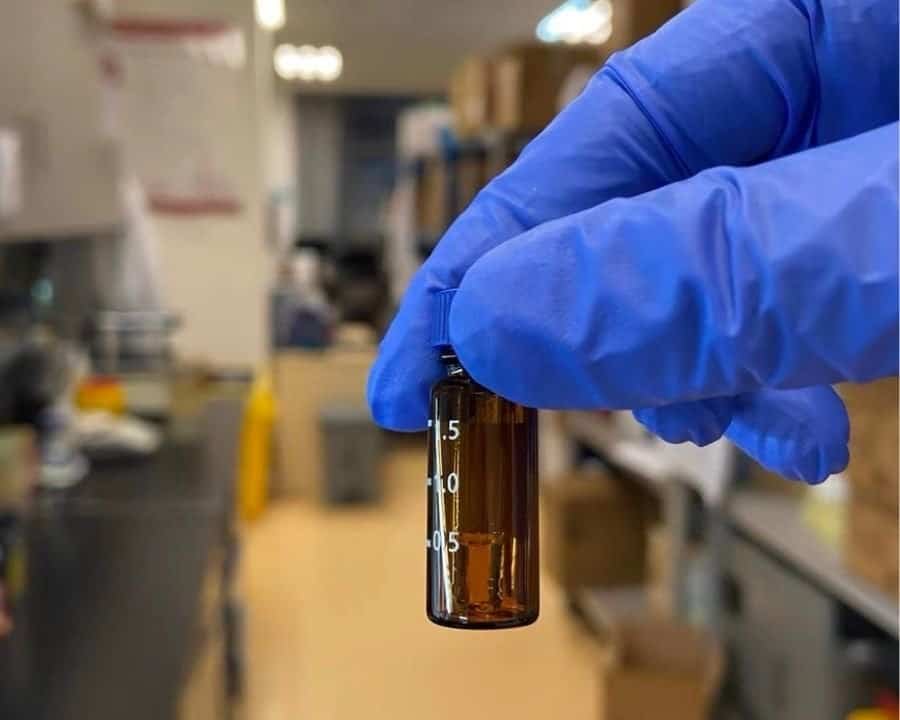
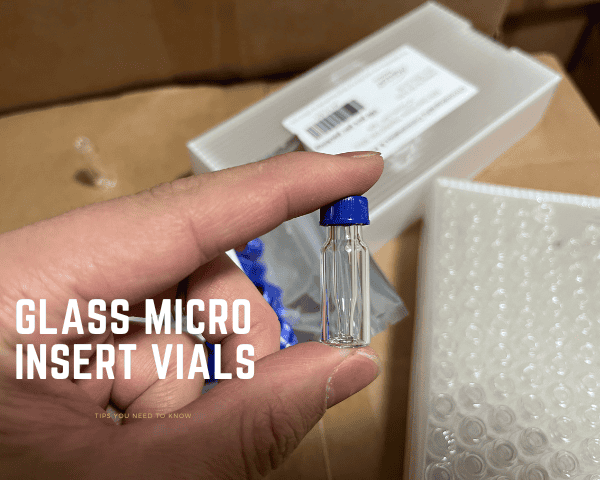
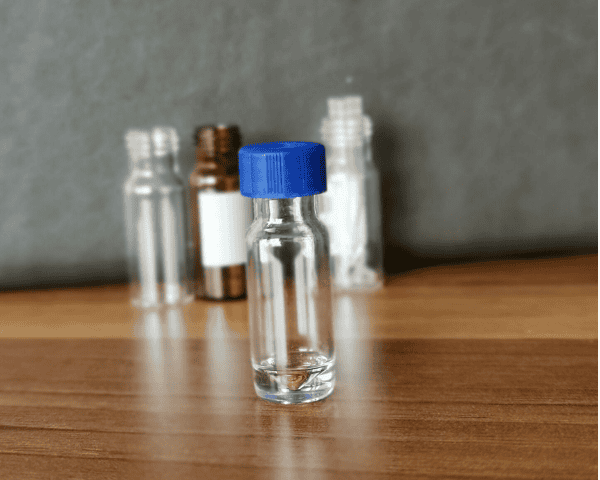
Our expertise ensures that you get reliable and precise products tailored to your specific requirements. Whether you’re in pharmaceuticals, research, or any other industry relying on HPLC, we understand your needs and are here to support you in making the right purchase.
Reach out to Mastelf, and let us assist you in procuring the perfect vials for your work.
FAQ
1. Why is proper crimping important for HPLC vials?
Proper crimping ensures an airtight seal, which prevents sample leakage, evaporation, and contamination. A poorly crimped vial can compromise data integrity, cause inconsistent peak shapes, and even damage the HPLC system.
2. What type of crimper should I use: manual, semi-automatic, or automatic?
The choice depends on your lab’s workload and budget:
- Manual crimpers are suitable for small-scale operations and occasional use.
- Semi-automatic crimpers offer better consistency with moderate throughput.
- Automatic crimpers are ideal for high-throughput environments, providing fast and uniform crimping with minimal effort.
3. How can I tell if my vial is properly crimped?
A properly crimped vial should have a uniform seal without deformation or dents on the cap. Gently press the cap to check for a tight fit. You can also perform a leak test by inverting the vial and checking for any leakage.
4. What are the most common crimping mistakes and how do I avoid them?
Common mistakes include under-crimping, over-crimping, and misaligned caps. To avoid these:
- Use a calibrated crimper and apply the appropriate pressure.
- Regularly maintain and clean your crimping tools.
- Double-check the cap alignment before crimping.
5. Can I reuse crimp caps after removing them?
No, it is not recommended to reuse crimp caps because removal deforms the metal, compromising the ability to achieve a proper seal during reuse. Always use new caps for each analysis to maintain reliability.




